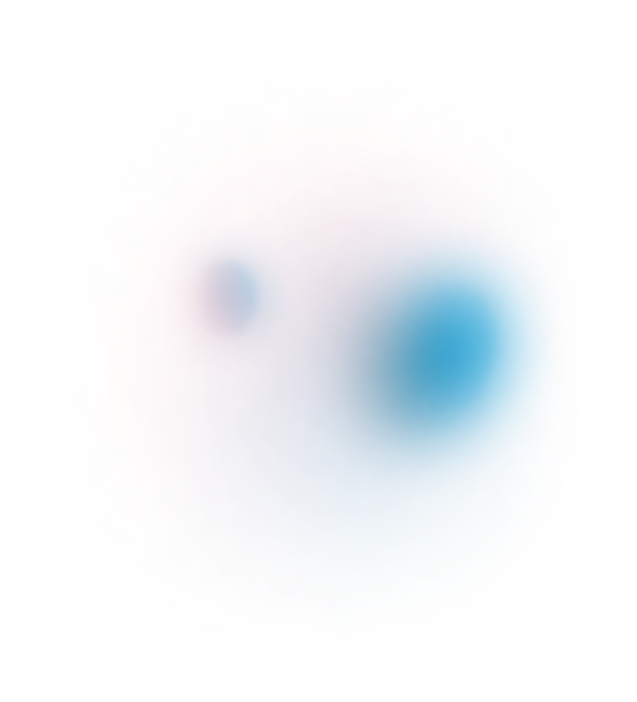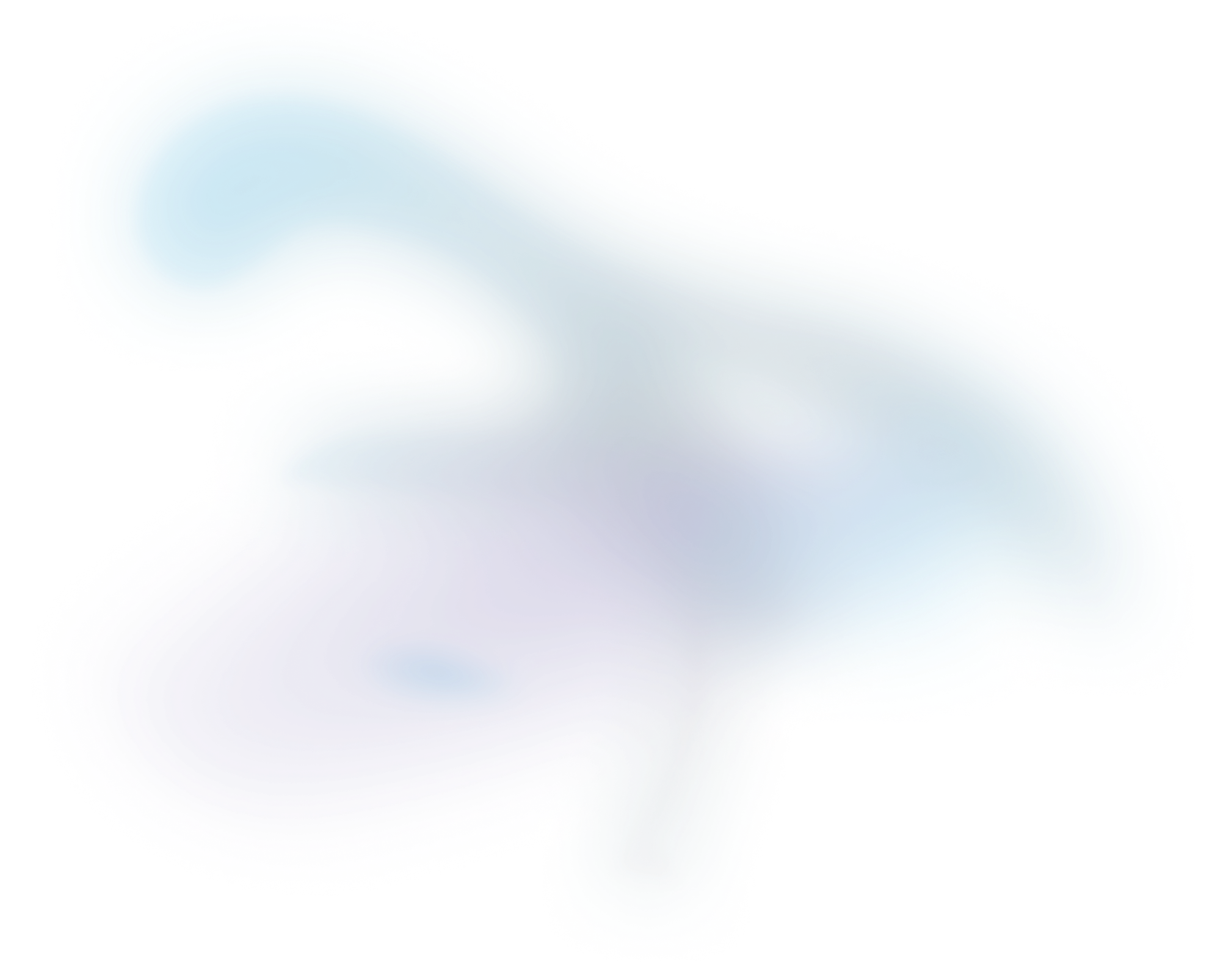

Diagnosis of melanoma by imaging mass spectrometry: Development and validation of a melanoma prediction model
In this joint work we partnered with Frontier Diagnostics, Vanderbilt and several board certified pathologists to develop a classification model capable of distinguishing melanoma from benign nevus tissue, using a MALDI-imaging based proteomics assay.
Access publication
In this joint work we partnered with Frontier Diagnostics, Vanderbilt and several board certified pathologists to develop a classification model capable of distinguishing melanoma from benign nevus tissue, using a MALDI-imaging based proteomics assay.
This assay was established based on n=333 samples of unambiguous nevi and melanomas. We used a histology-guided MALDI imaging based approach, in which expert pathologists first annotated regions of interest in the samples. We then acquired mass spectra within those ROIs, rather than doing full tissue imaging. The resulting spectra were then processed and fed into a classification model we developed.

Our approach obtained a sensitivity of 97.6% and specificity of 96.4% on spot level predictions, and 97.3% and 97.5% sensitivity and specificity on the sample level, after aggregating spot predictions. These results place the assay among the top contenders for melanoma classification. Despite the admirable results, we are confident we can improve the assay further by incorporating data-driven quality control and doing more extensive machine learning modelling.
In this collaboration, Aspect Analytics was responsible for the full data analysis, starting at data preprocessing up to building and evaluating the classification models to perform tissue typing. In addition to this bioinformatics work, we have developed a full software backbone to support the workflow used by Frontier Diagnostics. You can find more details about the software side in our twin publication using the button below.
VIEW THE ACCOMPANYING SOFTWARE SOLUTION
If you are interested in developing spatial omics based diagnostic assays, make sure to contact us for any questions you may have related to data analysis and/or dedicated software solutions.
Publication details
Rami N. Al-Rohil1, Jessica L. Moore2, Nathan Heath Patterson2,3, Sarah Nicholson2, Nico Verbeeck4, Marc Claesen4, Jameelah Z. Muhammad2, Richard M. Caprioli2,3, Jeremy L. Norris.23, Sara Kantrow5, Margaret Compton6, Jason Robbins5, Ahmed K. Alomari7. Diagnosis of melanoma by imaging mass spectrometry: Development and validation of a melanoma prediction model, Journal of Cutaneous Pathology 12:, 1455–1462, 2021 - VIEW JOURNAL PAGE
AFFILIATIONS:
- DEPARTMENTS OF PATHOLOGY AND DERMATOLOGY, DUKE UNIVERSITY SCHOOL OF MEDICINE, DURHAM, NORTH CAROLINA, USA
- FRONTIER DIAGNOSTICS, LLC, NASHVILLE, TENNESSEE, USA
- MASS SPECTROMETRY RESEARCH CENTER, DEPARTMENT OF BIOCHEMISTRY, VANDERBILT UNIVERSITY, NASHVILLE, TENNESSEE, USA
- ASPECT ANALYTICS NV, GENK, BELGIUM
- PATHOLOGY ASSOCIATES OF SAINT THOMAS, NASHVILLE, TENNESSEE, USA
- DEPARTMENT OF PATHOLOGY, MICROBIOLOGY, AND IMMUNOLOGY, VANDERBILT UNIVERSITY MEDICAL CENTER, NASHVILLE, TENNESSEE, USA
- DEPARTMENTS OF PATHOLOGY AND DERMATOLOGY, INDIANA UNIVERSITY SCHOOL OF MEDICINE, INDIANAPOLIS, INDIANA, USA

